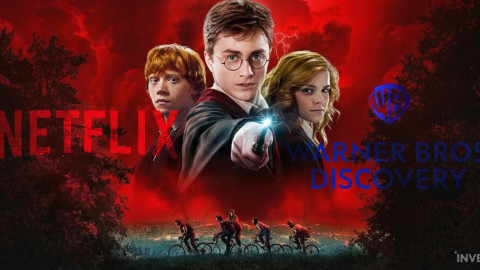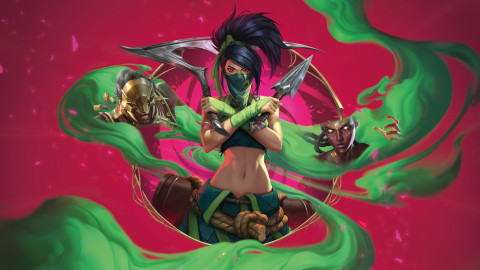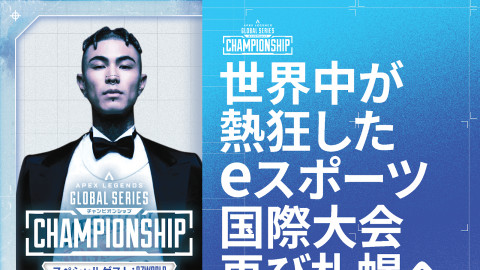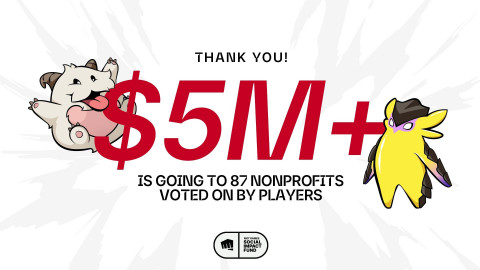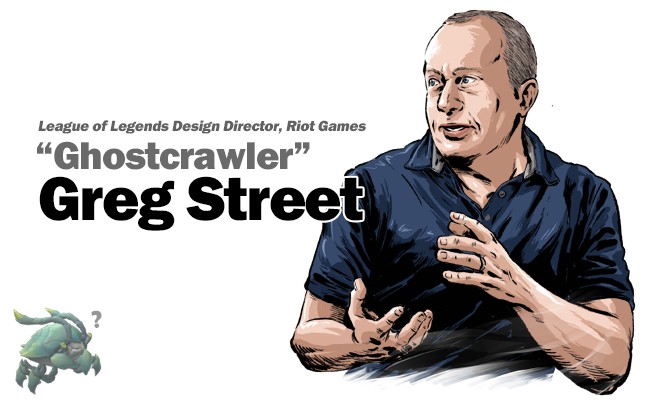
The first time I had heard of this man was when I was overly attached to a certain game called World of Warcraft. In the early stages of the game's life, the person who received most of the complaints from the game's player base was Tom Chilton, the head developer at the time. But with the release of "Wrath of the Lich King" -- perhaps WoW's most successful expansion -- Ghostcrawler let himself be known to the players.
When the players have a lot of complaints about a game's "lack" of content and balancing, it's almost certain that whoever is in charge of that part of the game will receive the most criticism and flak. During a Q&A session discussing classes, Ghostcrawler at one point said, "In classic World of Warcraft there was a period where everyone viewed shamans as overpowered. I remember one of my earliest experiences in the Barrens trying to group with a shaman to do a group quest. But he just told me he was an overpowered shaman and didn't need the help." This angered a lot of Shaman players at the time, as their only viable role was a healer.
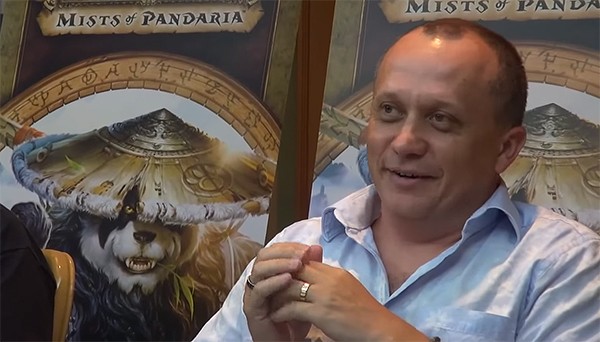
But that isn't to say that the expansions released under Ghostcrawler's supervision were not enjoyable or were in any way bad. After all, the Lich King expansion, which has his name engraved upon it, was a huge success. As for the two expansions that followed, the players' opinions on the story and scenarios were split, but the systems and variety of content were widely praised. Simply put, Greg Street did a fine job of bringing and retaining fun in the universe of WoW.
However, when Greg Street first announced his departure from Blizzard to join Riot Games, many players were worried. At the time, all the "bad" elements that were present in WoW were blamed on Street, and upon his departure, players cried out, "he's joining Riot to tank for Morello(Lead designer of League of Legends at the time)," and "Blizzard is sending a spy to Riot!"
In truth, when Street first joined Riot in 2014, the meta did become repetitive; the infamous "Renekton vs Shyvanna" meta was around at this time. As the "lane-swap" meta was only present in competitive play, it wasn't exactly fair to blame Street, but the patches that came after in an attempt to change the meta failed to do so -- putting Street back on the spotlight.
With all that going on, Ghostcrawler remained calm and started applying patches at a more fixed pace. Outside of balancing, Ghostcrawler took player feedback and started renewing League's outdated system -- champions, items, and even runes. Under his supervision, many champions with never-before-seen and original playstyles were released. In addition, in 2018, the runes and masteries system that League had stuck with for nearly 8 years was completely reworked.
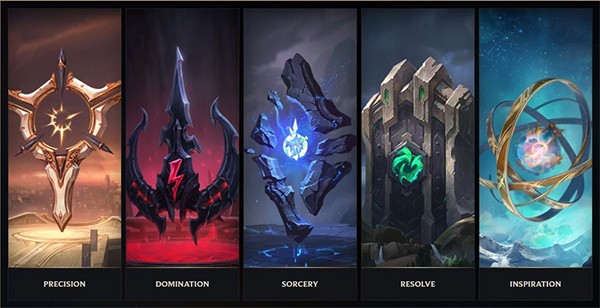
Of course, some players were against the changes, and not unreasonably. After all, the system that they had been familiar with for 8 years was gone, replaced by a new system that didn't have the same legacy of balance patches that old one did. Thankfully, to make sure that all the user complaints were taken into consideration, Riot's development team kept a close relationship with their player base and patched the game based on their feedback.
Ghostcrawler and his team's goal was quite clear: through frequent and large-scale updates, they're "renewing" the playing experience of the game. Having been released in 2009, League is about to hit its 10 year anniversary. Despite its age though, League of Legends is still the most famous esports game in the world -- a position that has most likely been maintained thanks to this update model.
Whatever the case may be, League has experienced yet another grand change here in 2018. The game's North American esports league, the NA LCS, has adopted the franchise system, bringing a whole lot of changes to the teams and their rosters. As for its counterpart in Europe, the EU LCS, they're also preparing to transition to this new system. And finally, the League of Legends region that is regarded as the best in the world, Korea, will also have its league, the LCK, hosted and broadcasted in an official Riot-owned stadium in the latter half of 2018.
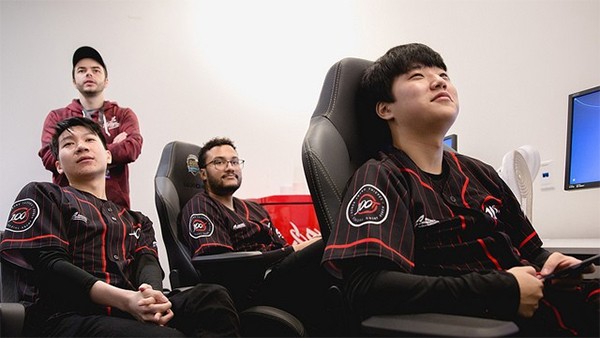
As the company in charge of the leagues, Riot's role is undoubtedly very important. This is especially the case with in-game balancing and systems, as it heavily affects every team and each individual on those teams. To keep the game well-balanced, Riot takes in all player feedback and statistics -- and with how big their esports scene has become, applying patches based on the professional players' feedback and gameplay has also become important.
Just how does the lead game designer of League of Legends take the feedback of professional players and apply it to the game? You can hear it straight from the man himself. On the 1st of May, at the IGEC-ESPORTS DEEP DIVE, Ghostcrawler will give a presentation titled, "How Riot considers pro player's play when they make a new champion." Through his speech, we'll be able to understand how Riot, time and time again, has come up with these unique and original champions for the game.
Sort by:
Comments :0



